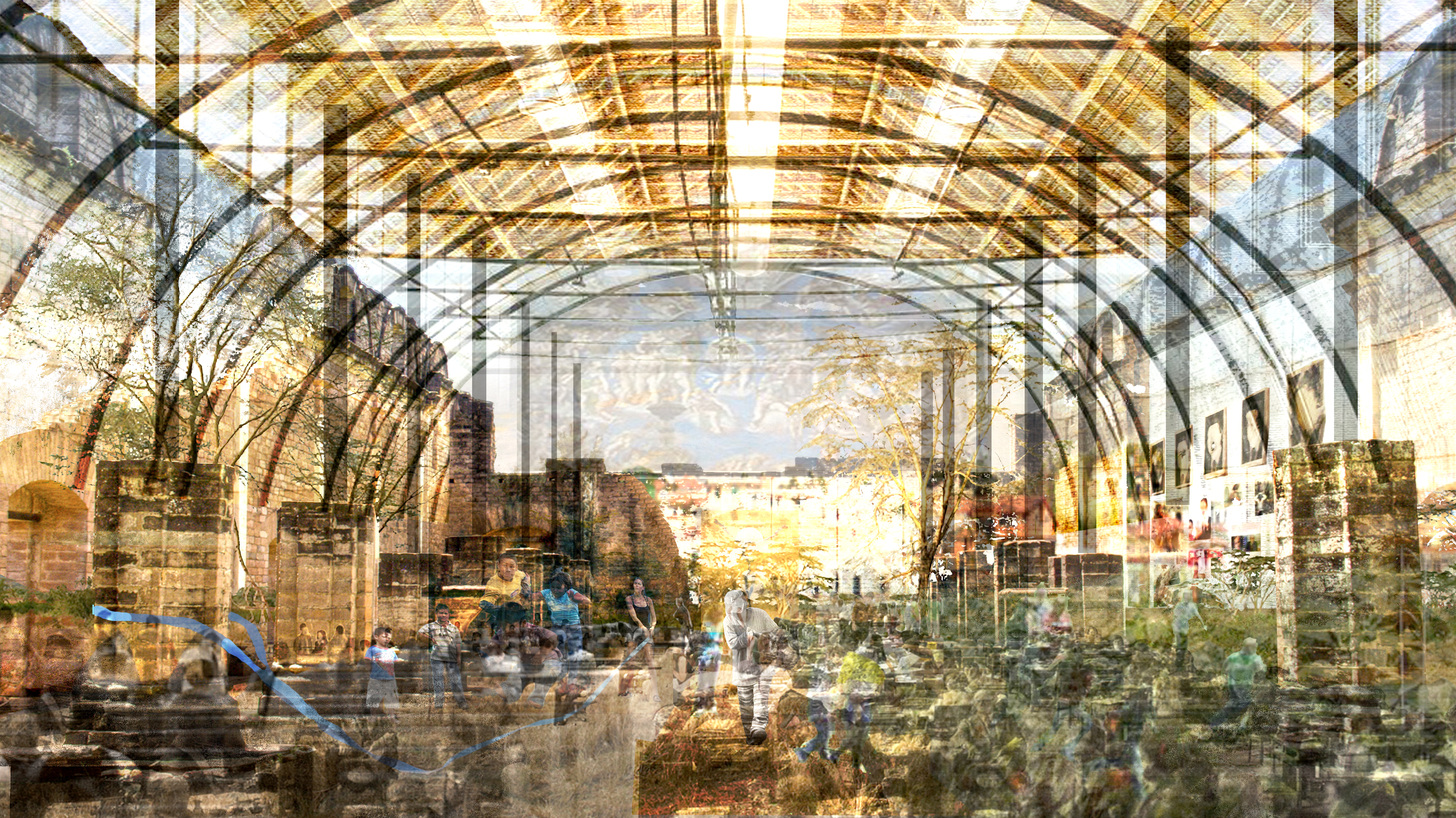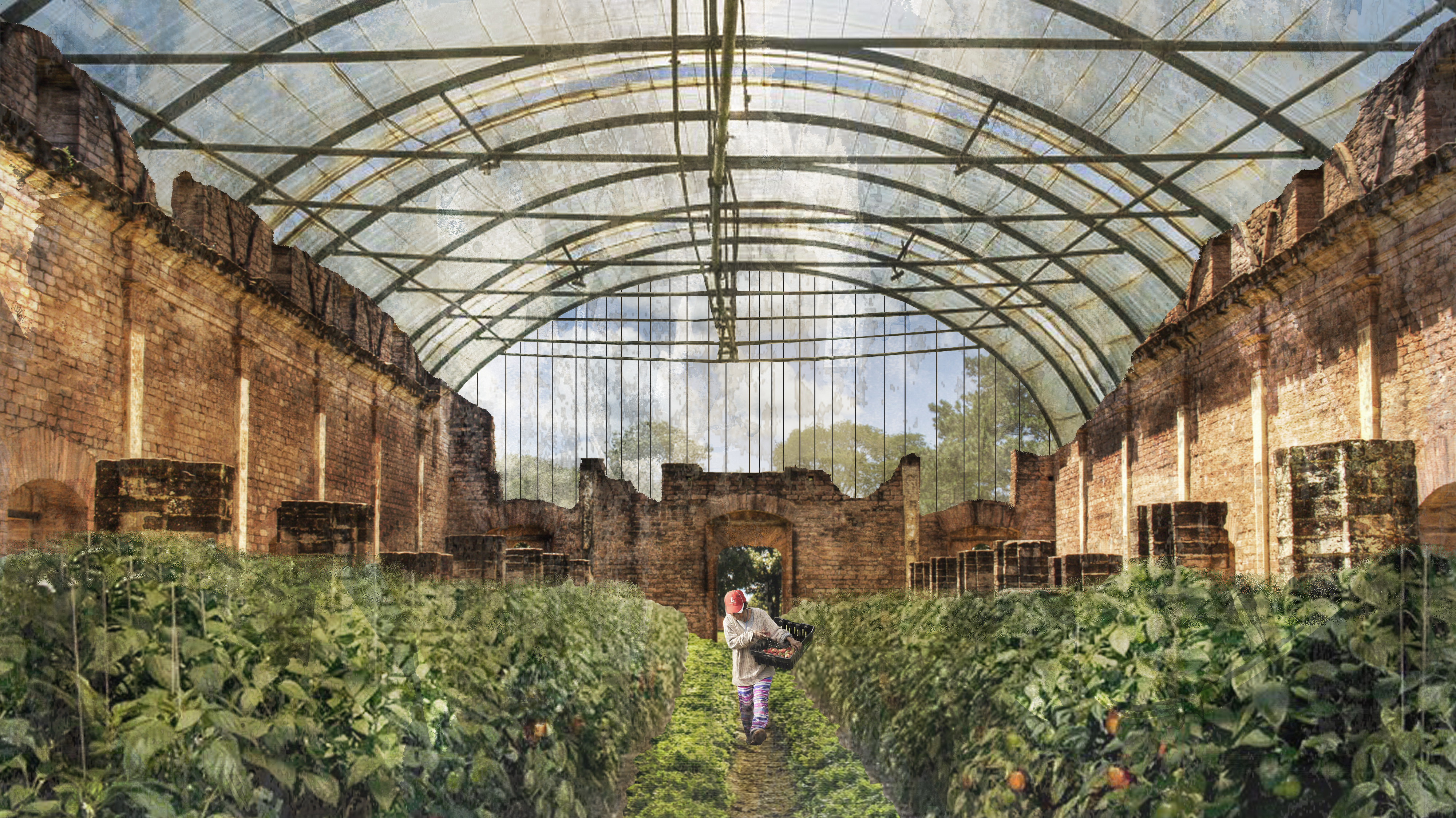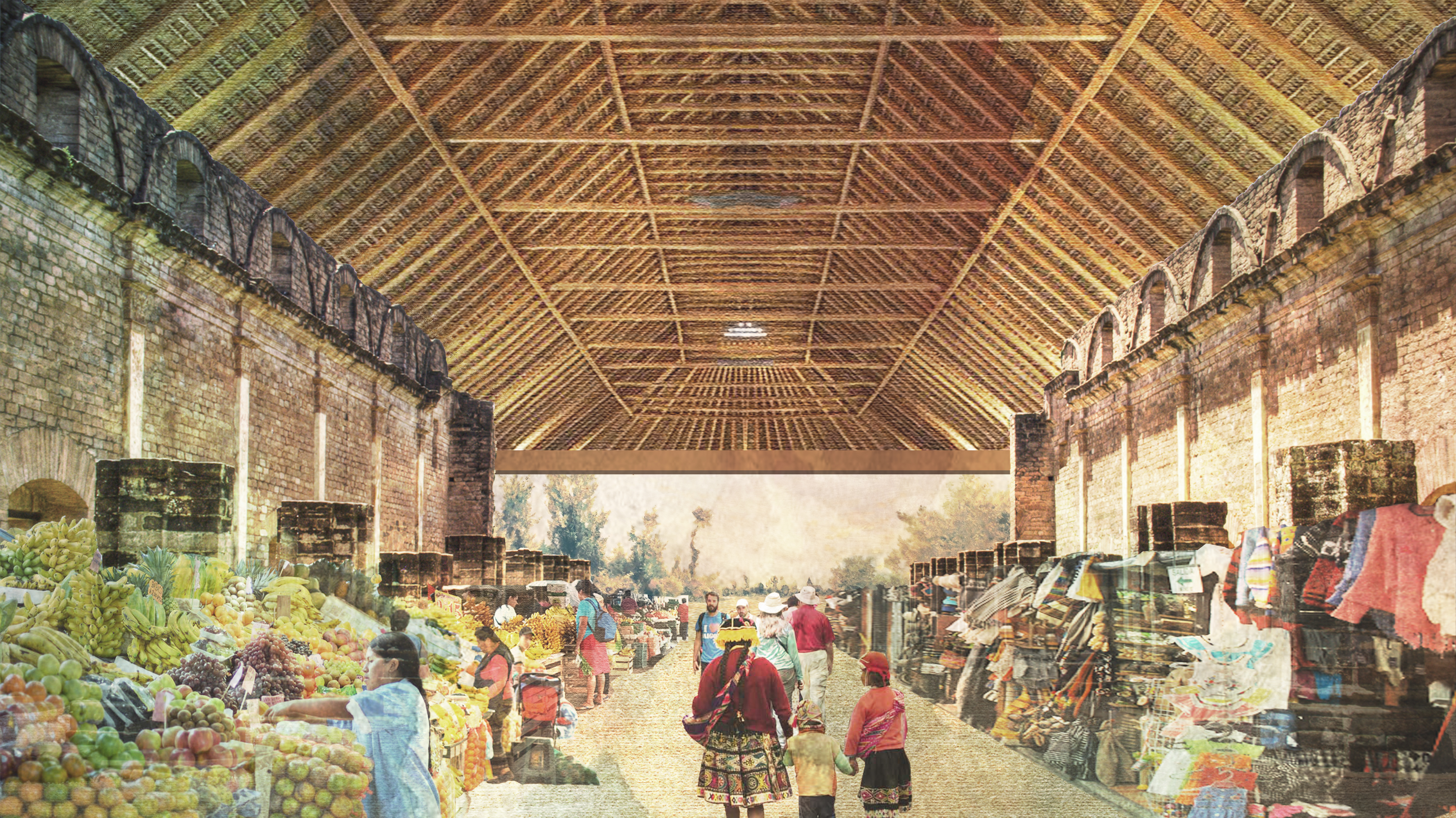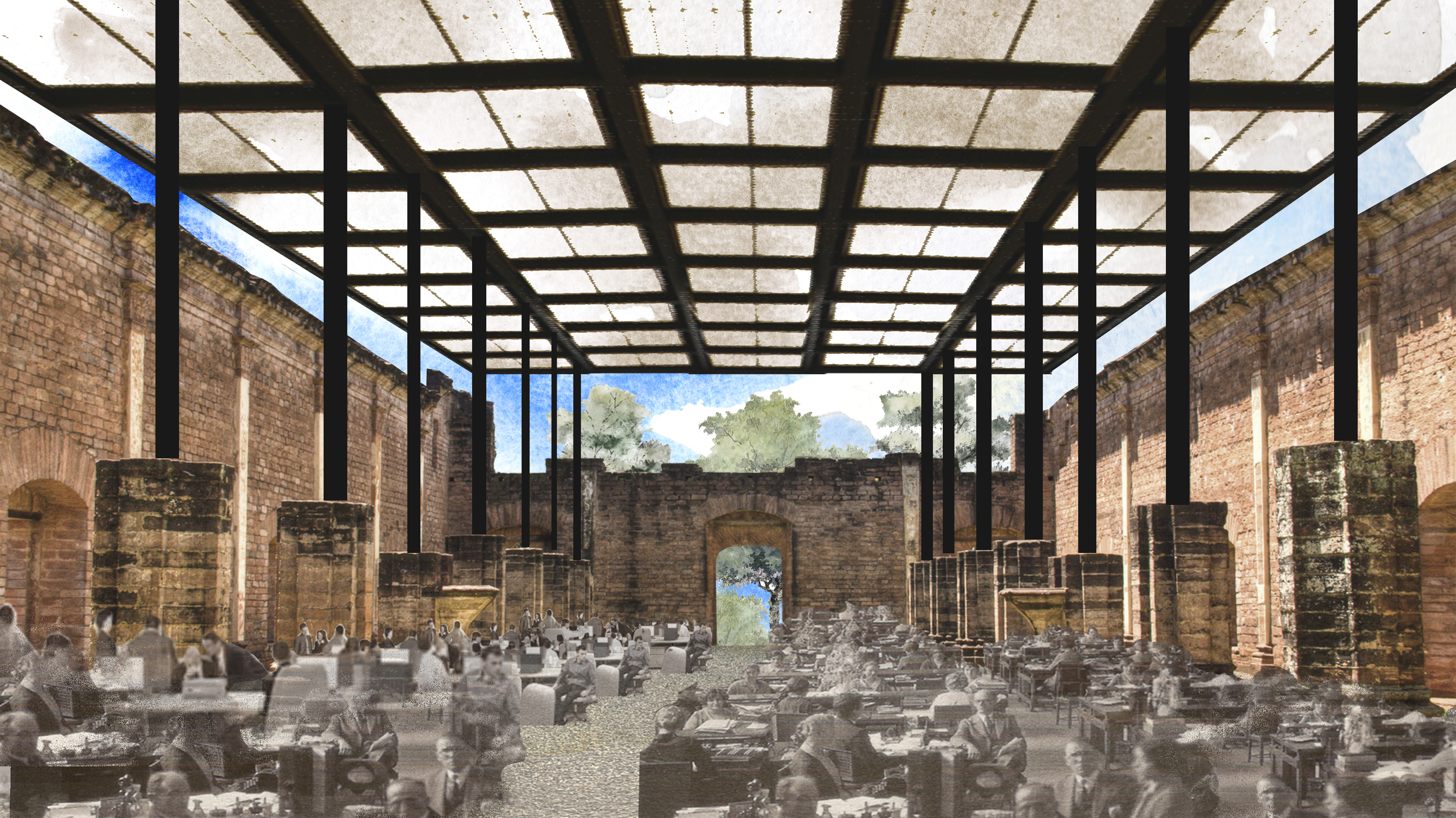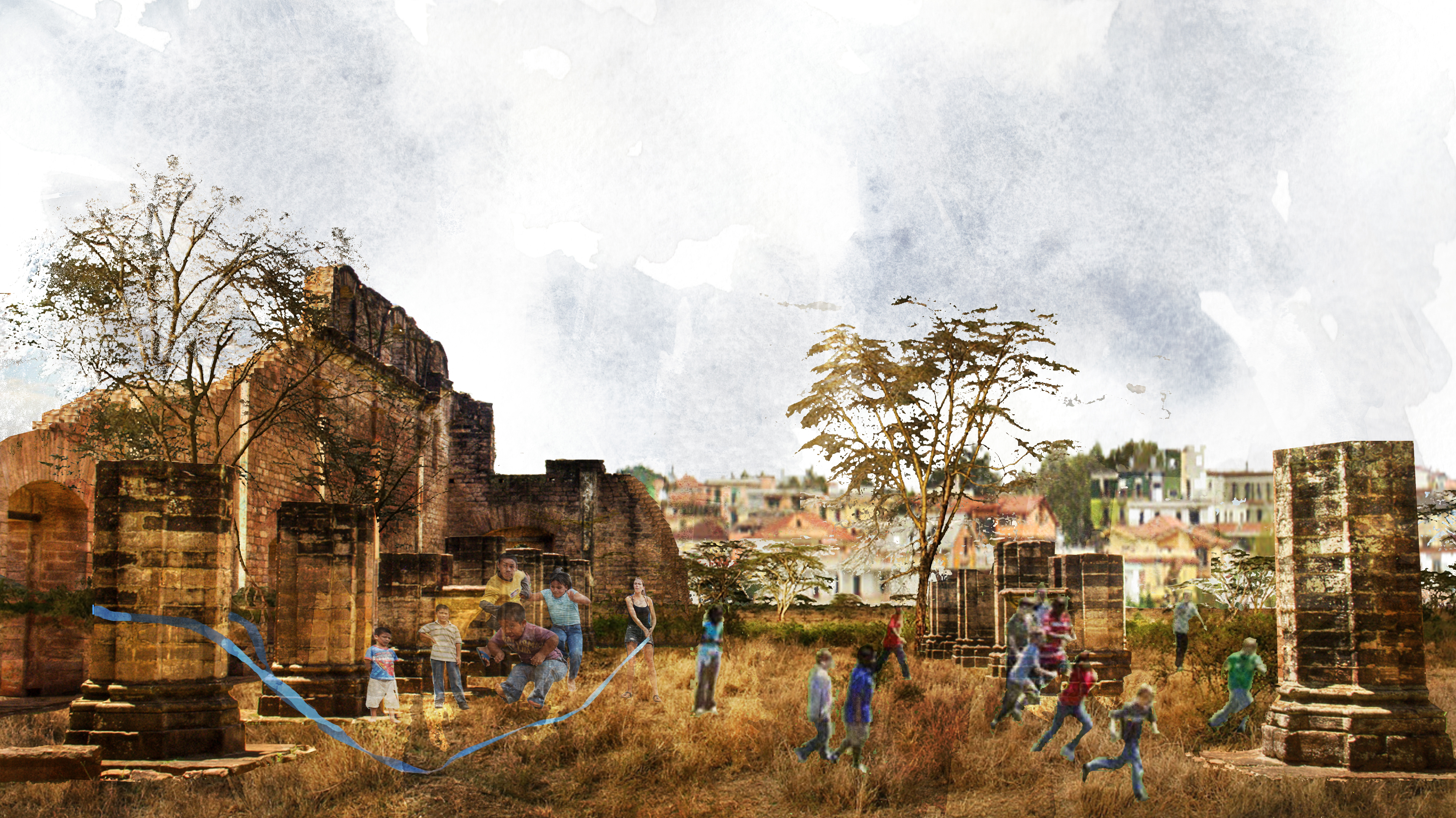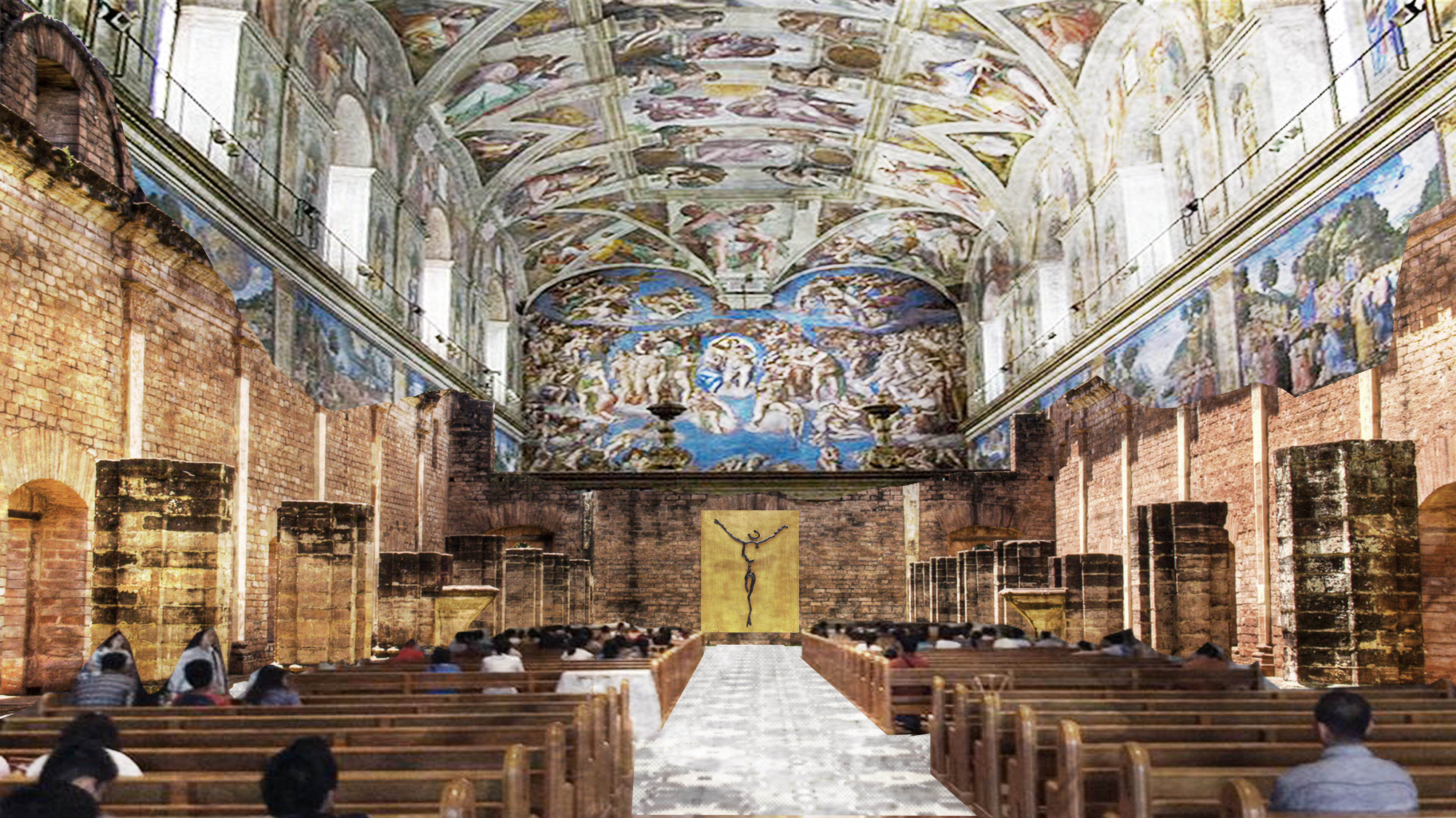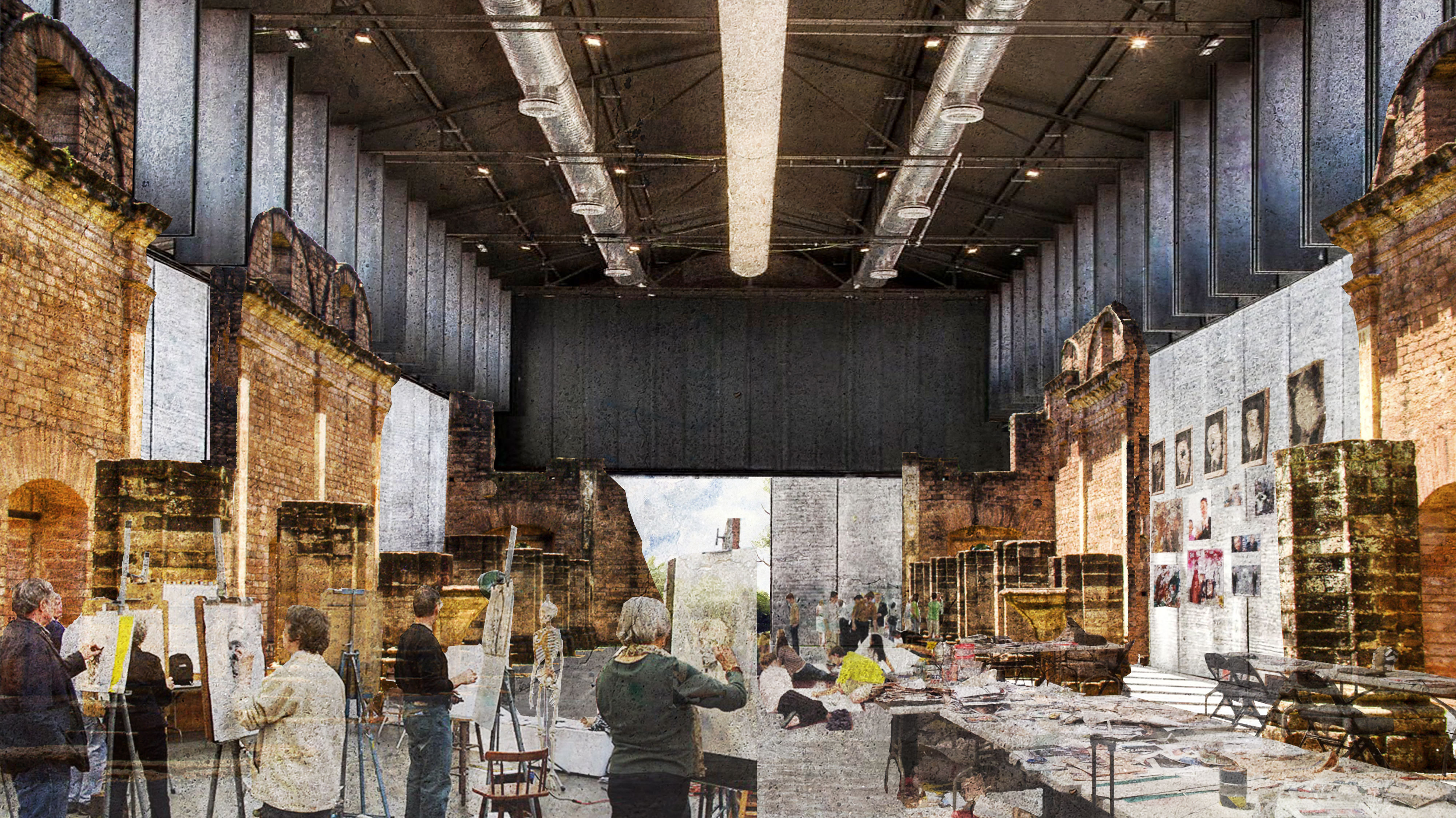Critical intervention: The liminality of earthquakes, fragments, and palimpsests as alternatives to preservation in Mexico
Enrique Aureng Silva
Design Studies in Critical Conservation
Graduate School of Design, Harvard University
2018
Historic buildings are the physical signs of the past. They are the material evidence of other times, other peoples, other ways of understanding life and architecture. Interpreted as such, they are frequently associated with particular historic narratives, they become the objects and recipients of cultural memories, and more often than not, they get connected to notions of national value, of particular heritage discourses that tend to emphasize certain historic narratives while neglecting others.
However, historic buildings, like any other building, are also in constant transformation. Not only their physical materiality wears down – their surfaces erode and their elements get modified – but also the meanings, the different uses, the subjective values and narratives associated with them are ever-changing and transforming.
In this way, traditional preservation and conservation practices – which can be traced back to the Renaissance and that were theorized for the first time during the nineteenth century in Europe – tend to fix historic buildings in a certain particular period of the past. In order to preserve the material qualities, the historic appeal, the cultural relevance of certain architectural objects or urban landscapes, the methods and theoretical frameworks of preservation tend to set historic structures, and sometimes even their immediate contexts, as landmarks worth of protection because of their intrinsic historic value. However, what histories are being told? And for whom are they being told?
History, heritage, national narratives, social constructs, identity, authenticity and memory are just some of the many concepts that come to mind when dealing with historic buildings and their surroundings, all of them getting interpreted, fixed or modified in different ways when preservation, conservation and/or restoration techniques are applied to them in every-day circumstances.
But what about extraordinary circumstances? What happens when natural disasters damage historic fabric? What should be done when an earthquake hits and partially destroys a sixteenth century monastery that is supposed to appeal to the universal cultural interest as a World Heritage Site? Should the same techniques and theories be applied to the natural weathering of a masonry wall than to a collapsed bell tower? What should the role of preservation be when a chapel recognized as a national landmark gets its vaults and walls destroyed? What is the role that the community around the damages should take in deciding what to preserve and what to forget?
This thesis proposes, through a re-interpretation of the concept of liminality, that earthquakes, and specifically the repetitive nature of earthquakes in Mexico, should be seen as an opportunity for change. Change in the interpretation of certain historical accounts, change of heritage discourses, change in the relation between historic preservation and historic buildings and change in the structures of power that dictate the narratives associated with them. All of these should be questioned in order to create new architectures, new urbanisms, and new social interactions that, while still reflecting on the past –on the physical and non-physical fragments left by the catastrophes– use the historic fabric not as a nostalgic element to lament loss, but as a starting point for where to imagine new alternatives.

